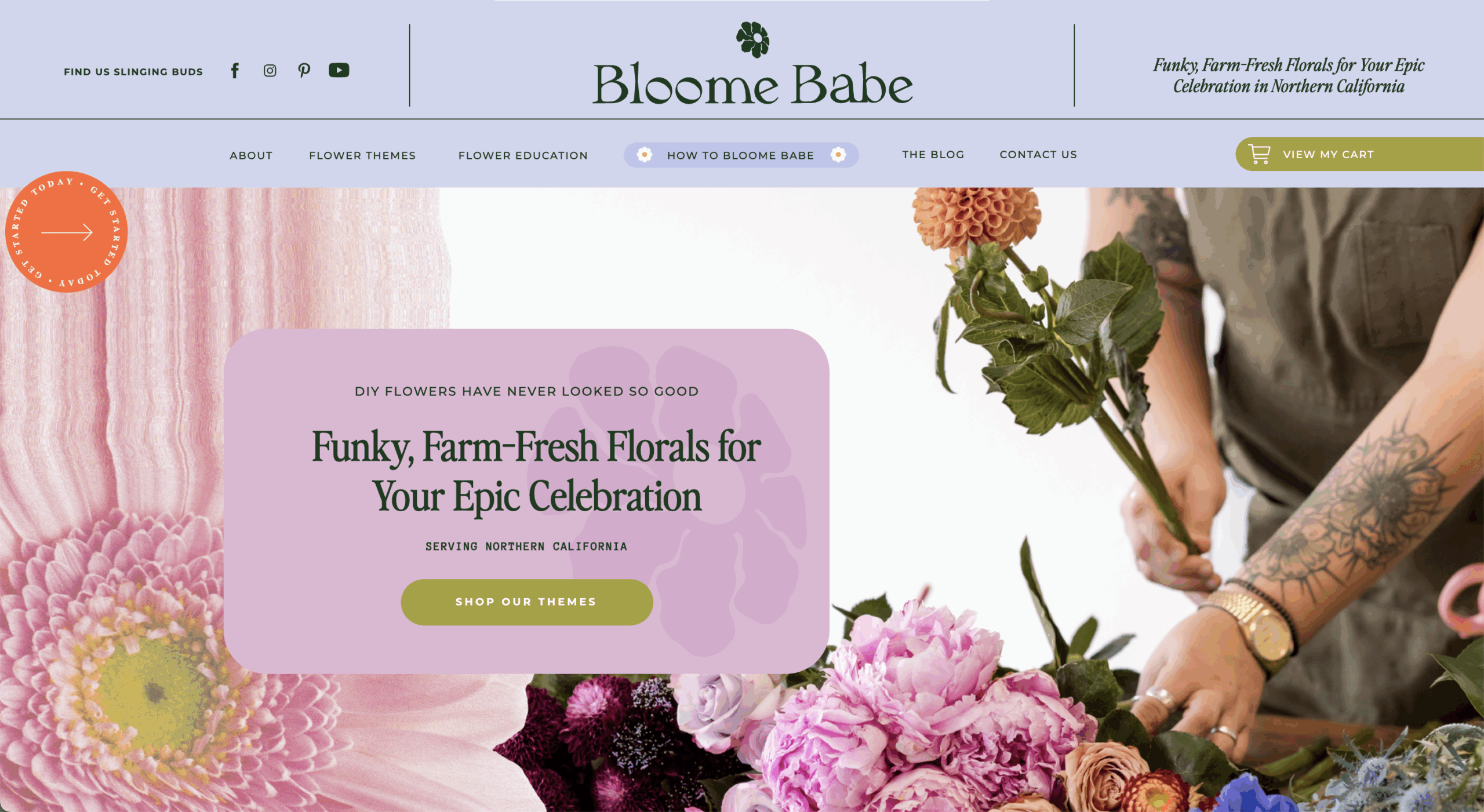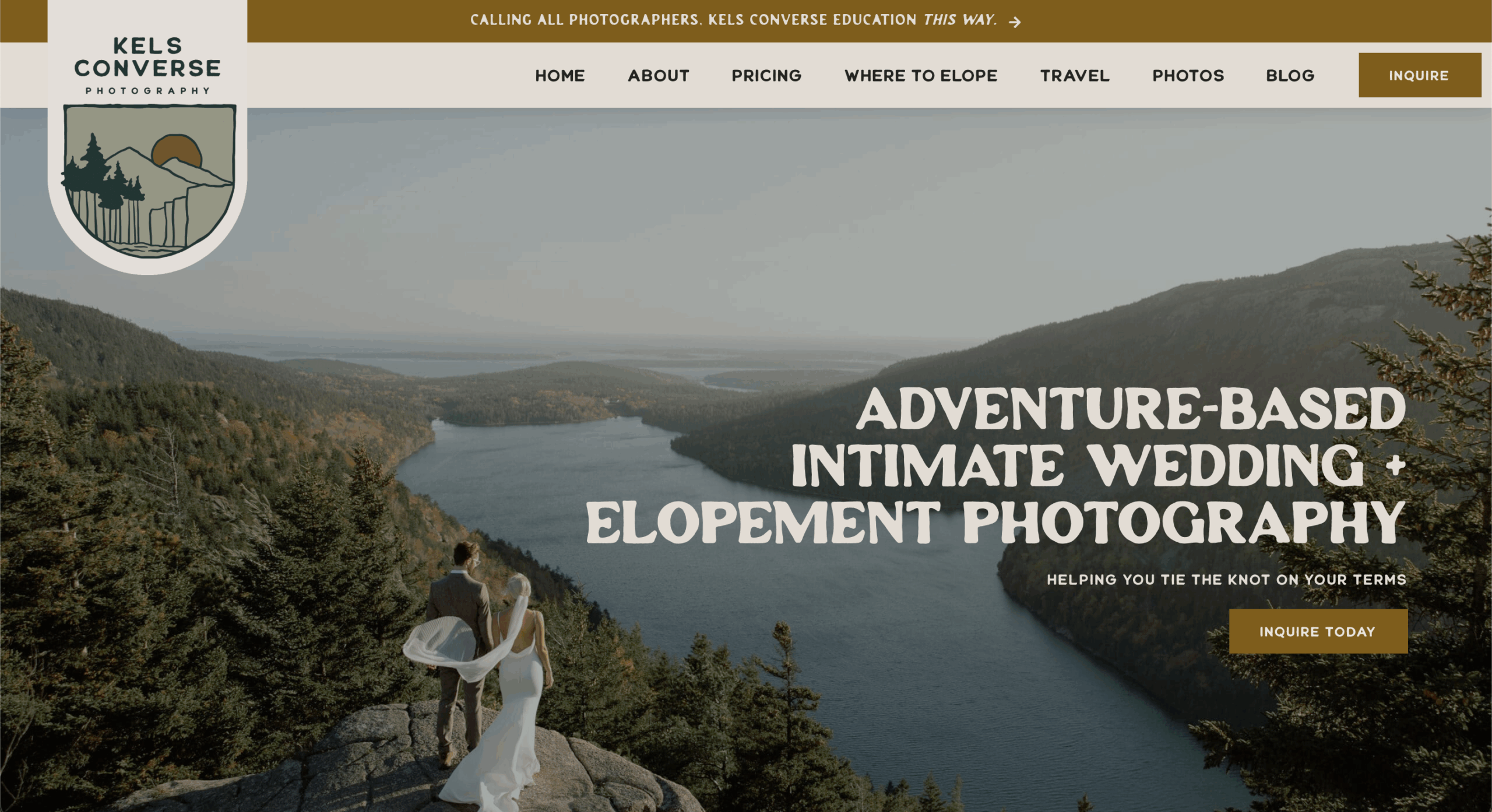
If you’ve ever Googled “how to attract more clients,” chances are you’ve seen the advice: create your ideal client avatar.
And maybe you’ve even tried it before—downloaded a worksheet, filled in a name like Ashley, decided she drinks iced lattes, swears by hot girl walks, shops at Free People, and has big dreams for the future. Cute? Sure. Helpful? Not really.
Because the truth is, your ideal client avatar needs to go way deeper than vibes and beverage orders.
If you want your website copy and marketing to actually connect with the kind of people you want to work with, you need to understand what they care about, what they’re struggling with, and what they need from you—not just the surface level stuff.
Let’s break down how to create an ideal client avatar that’s actually useful—and will help you attract clients who are the right fit without trying to speak to everyone on the internet.
But Wait—What Is An Ideal Client Avatar?
An ideal client avatar is a detailed profile of your dream client. The kind of person who just gets it—they see the value in what you offer and feel excited (not hesitant) to work with you.
And creating your avatar isn’t about inventing some trendy, too-perfect version of a person who “might” hire you. It’s about understanding the real thoughts, emotions, fears, and needs of the people you actually want to attract.
When you take the time to get clear on who that person is, it helps you:
- Write website copy that actually resonates
- Position yourself clearly in a crowded market
- Speak to specific needs instead of vague “pain points”
- Create offers that solve real problems
- Stop attracting clients who just aren’t a good fit
When you operate using that kind of clarity, it’s not about trying to convince someone to work with you. It’s about showing up in a way that naturally draws them in because your words feel relevant, aligned, and meant specifically for them.
Let’s Create an Ideal Client Avatar That *Actually* Helps
1. Think about your favorite past clients
If you’ve worked with people before, you already have some data.
Who made you excited to do your job? What made the project easy and enjoyable? What did they ask you for that others didn’t?
Pull up old inquiry forms or emails and look at how they described themselves and what they needed help with. That’s extremely valuable information!
Bonus tip: if you’re newer to business, think about people you’ve helped informally or even dream clients you’ve followed online—what do they all have in common?
2. Audit your inquiry forms and DMs
Look at the language people use when they reach out to you.
Are they overwhelmed? Confused? Ready to invest but unsure what to do next? The more you notice the patterns in how they speak, the more you can reflect that back in your messaging.
Pay attention to:
- Hesitations or objections
- Repeated phrases
- Emotional language (“I feel stuck” / “I just want to feel confident” )
3. Eavesdrop (…ethically, of course)
Or I guess we could call this “digital people-watching.” Where do your people hang out online? What are they venting about in Facebook groups, Reddit threads, or podcast interviews? What’s bothering them? What do they wish existed?
Your ideal client avatar isn’t just about what they want. It’s also about what’s getting in the way of them having it.
4. Ask your actual audience
No need to guess when you can ask. Try:
- IG story polls
- Question boxes (“What’s one thing you’re struggling with when it comes to [your service]?”)
- Quick surveys to your email list
- Casual DM convos with past clients
This is real-time market research, and it’s so super helpful when refining your website copy or content strategy.
5. Reflect on your preferences
Because if we’re being honest, we both know that just because someone is willing to hire you doesn’t mean they’re a good fit.
You’re allowed to be picky (!!!!). This is your business. Think about:
- What values matter most to you in a client relationship?
- What makes a project feel smooth and aligned vs. chaotic and draining?
- What red flags have you learned to spot early on?
Your ideal client avatar should be based on a mix of who you serve well and who you actually enjoy serving.
Final Thoughts
Getting clear on your ideal client isn’t just a cute branding exercise—it’s one of the most helpful things you can do to make your marketing feel less like guessing and more like connecting.
Because when you know exactly who you’re speaking to, everything else starts to fall into place.
Your messaging feels more natural, your offers make more sense, and your website doesn’t sound like it was written for a general audience—it sounds like it was written for them.
When in doubt, remember this: you don’t need to appeal to everyone. (In fact, I hope you turn people away with your copy too because you can’t be perfect for allll the people on the internet.) You just need to reach the right people.
If you want help figuring out who that person is and how to ~ speak their language ~ I made you something:
➡️ Download my FREE (Actually Useful) Ideal Client Avatar Template
It’ll walk you through the exact prompts I use with my own clients to help you identify who you want to attract and how to start writing for them on purpose.
And if you’re already clear on your dream client but need help turning that into website copy that clicks?
Let’s get your project started so you can be ready come sales season (because yes, it’s only a few months away—absolutely wild).






Read the Comments +